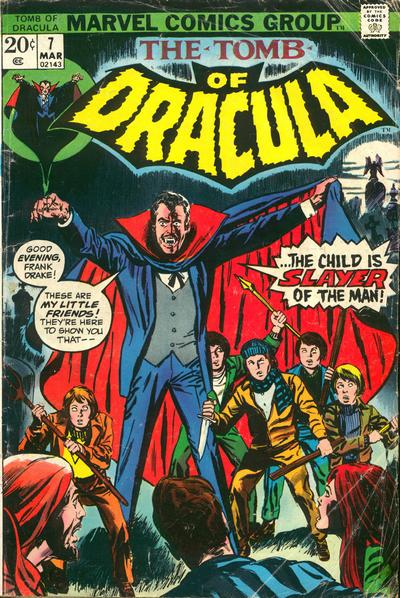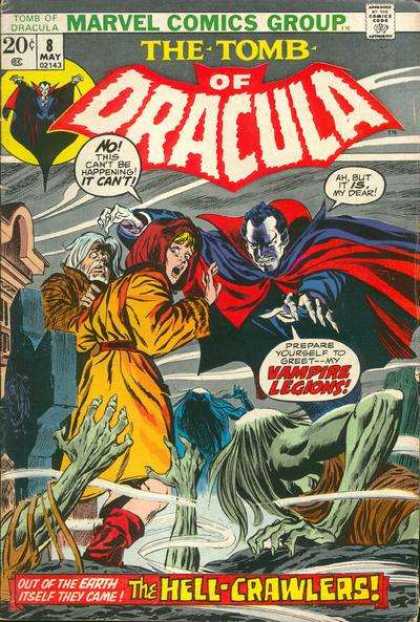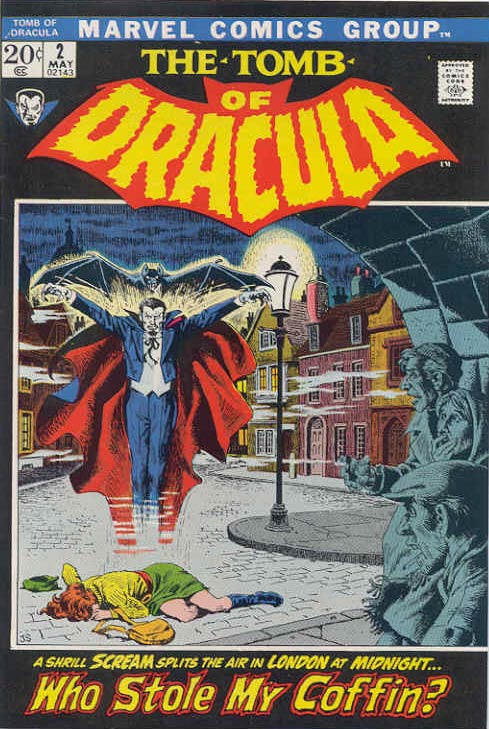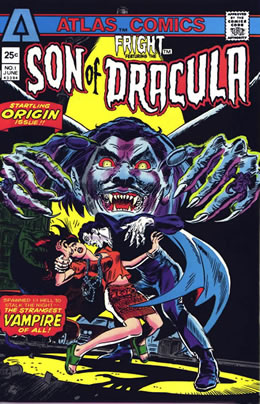Blogging Marvel’s The Tomb of Dracula, Part Two

 Marv Wolfman took over scripting duties on Marvel’s The Tomb of Dracula with Issue 7. Despite the name, Wolfman was an unlikely choice for a horror title as he had never been much of a horror fan and had limited exposure to the character outside of Stoker’s original novel. Nonetheless, the decision to pair Wolfman with artist Gene Colan and inker Tom Palmer elevated the series to classic status and insured its reputation for decades to come.
Marv Wolfman took over scripting duties on Marvel’s The Tomb of Dracula with Issue 7. Despite the name, Wolfman was an unlikely choice for a horror title as he had never been much of a horror fan and had limited exposure to the character outside of Stoker’s original novel. Nonetheless, the decision to pair Wolfman with artist Gene Colan and inker Tom Palmer elevated the series to classic status and insured its reputation for decades to come.
Issue 7 quickly sets the stage with the introduction of Quincy Harker and his daughter Edith. Quincy is the son of Jonathan and Mina Harker born at the end of Stoker’s novel. Here he is a nearly blind old man confined to a wheelchair with his daughter and faithful dog Saint as his constant companions. He functions as a mentor to Rachel Van Helsing and Taj Nital and has welcomed Frank Drake into the fold. Quincy is an amateur inventor whose vampire hunting gadgets give the story a Bondian edge that works very well. Wolfman’s sense of history and character instantly deepens the story and gives the reader a reason to empathize beyond the immediate sense of good vs. evil.
His innate understanding of people as an amalgamation of family history, mistakes, joys, and tragedies is Wolfman’s greatest strength as an author. Even his Dracula, for all of his cruelty and savagery, is imbued with such humanity and dignity that one can’t help hoping all of them can find peace. Wolfman may be the first writer since Stoker to successfully treat the characters as real people that readers recognize as something other than stereotypes. Finding the key to that empathy is what elevates his take on the property above so many others.



